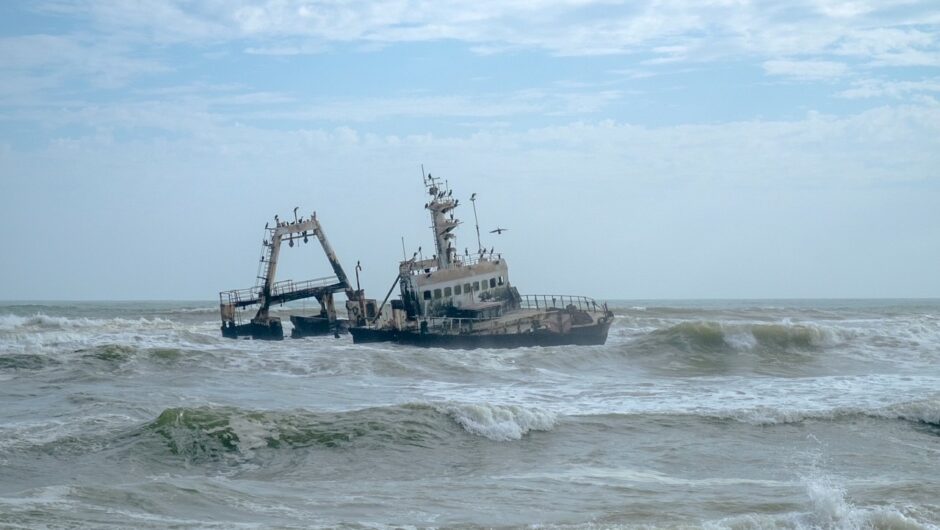
While discussion of the energy transition often attempts to make space for hydrocarbons, the lines drawn in Namibia are stark.
“There is a war we need to fight: the energy transition agenda,” Namibia petroleum commissioner Maggy Shino told a committee meeting yesterday. “Unless Namibia puts together a narrative to win the energy transition war, [the country’s] oil will remain in the ground.”
The energy transition agenda, she said, directed at developing countries calls for them “to keep the oil in the ground, only use renewable energy”.
Minister of Mines and Energy Tom Alweendo also called for Namibia to capture the opportunity currently available.
During COP26, he noted, banks had made a number of statements about moving away from hydrocarbons. “The window is starting to close, we need to know this is happening,” he said.
Alweendo was talking in response to suggestions that Namibia take a greater stake in its licences. Namcor typically has a 10% carried stake in its exploration blocks.
Should the government act to increase that stake, he said, it would need to ensure such a move would not deter investors.
Shino highlighted the discoveries made in the Orange Basin. Chevron drilled the first successful discovery offshore in the basin in 1973, on the Kudu gas field.
This field has languished for some time but there are now plans to begin producing in 2026, Shino said. This would involve a pipeline onshore and a power plant in Luderitz.
Namibia would take around 250 MW of power for local needs, allowing it to export 600 MW to South Africa.
Shino said the decision to build in Luderitz was driven by a desire to maximise the use of infrastructure. There are plans for a green hydrogen plant there, she said. Bringing natural gas onshore will allow Namibia to also produce blue hydrogen, which it can then export to the world market.
Venus, Graff
Following the Kudu discovery, the next success came in 2022. Namibia estimates Shell’s Graff discovery holds 100-200 million barrels of light oil, Shino said, with Jonker expected to hold 250-300mn barrels.
Namibian officials estimate TotalEnergies’ Venus discovery, meanwhile, at more than 1 billion barrels of oil.
All these discoveries are far from shore. The Shell finds are 250 and 270 km respectively from land, while Venus is 300 km.
“Only one field in the world is producing at the depth of Venus – and that is 100 metres less than in Namibia,” Shino said. Venus would be “the deepest water production in the world. In 3 km of water and another 3 km of sediment.”
The commissioner also cautioned over the Total and Shell finds. Kudu has been fully appraised, but Venus and Graff have not.
“Four drilling rigs are now working on [determining] the extent of these fields and if this oil will flow to the surface at commercially viable rates. We will only know the results in the next eight to 12 months. This is ongoing.”
